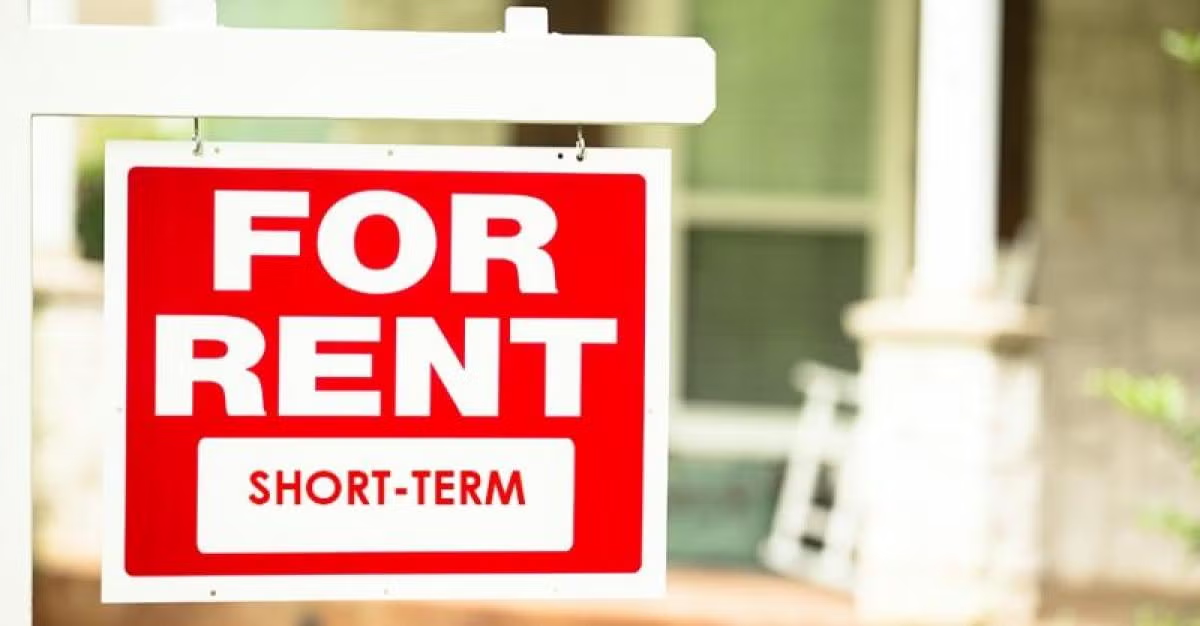How to Create a Strong Brand for Your Short-Term Rental Business
The short-term rental (STR) industry is booming, with more travellers opting for Airbnb, Vrbo, and boutique vacation rentals over traditional hotels. However, with so many options available, standing out is more challenging than ever.
This is where branding comes in. A strong brand not only helps you attract more guests but also fosters trust and loyalty, leading to repeat bookings and word-of-mouth referrals.
In this guide, we’ll walk you through the essential steps to build a compelling brand for your short-term rental business.
From defining your identity to implementing a strategic marketing plan, you’ll learn how to make your property memorable and desirable.
1. Define Your Brand Identity
– Determine Your Unique Selling Proposition (USP)
Your USP sets you apart from the competition. Ask yourself:
- What makes your rental unique? (e.g., lakefront views, smart home features, pet-friendly amenities)
- Who is your target audience? (e.g., families, digital nomads, luxury travelers, budget travelers)
- What experience do you want guests to have? (e.g., relaxing retreat, adventure hub, urban escape)
For example, if your rental is an eco-friendly cabin in the woods, your brand should emphasize sustainability, tranquility, and a connection with nature.
– Choose a Brand Name
Your name should be easy to remember, relevant to your offering, and unique. Avoid generic names like “Cozy Cabin” or “Beach House Rental.” Instead, opt for something distinctive like “Whispering Pines Retreat” or “Blue Horizon Getaway.”
– Craft a Compelling Brand Story
Your brand story helps potential guests connect with your rental on an emotional level. Share why you started your STR business, what makes your property special, and how you want guests to feel when they stay there. A well-crafted story adds personality and builds trust.
2. Design a Memorable Visual Identity
– Create a Professional Logo and Choose Brand Colors
Your logo is the face of your brand. Work with a designer or use platforms like Canva to create a simple yet striking logo that reflects your rental’s theme.
Choose a colour palette that aligns with your brand’s personality:
- Luxury rentals: Gold, black, deep blue
- Beachfront properties: Aqua, sandy beige, coral
- Rustic cabins: Earthy greens, browns, warm neutrals
– Select Consistent Fonts and Design Style
Typography plays a key role in branding. Stick to 1-2 fonts across all marketing materials to maintain consistency. Use elegant fonts for a high-end rental or fun, modern fonts for a casual getaway.
– Use High-Quality Images and Videos
Invest in professional photography to showcase your rental in the best light. Guests rely heavily on visuals when booking a stay. Include:
- Wide-angle shots of each room
- Close-up details of unique features
- Lifestyle images that capture the experience (e.g., a guest enjoying coffee on the balcony)
Read This: How to Register Your Short-Term Rental on Airbnb and Booking.com
3. Optimize Your Online Presence
– Build a Website for Direct Bookings
A website gives your brand credibility and allows you to take direct bookings, avoiding platform fees. Essential elements of your website include:
- A homepage with stunning visuals and a clear brand message
- A booking page with pricing, availability, and secure payment options
- An “About Us” section with your brand story
- Guest reviews and testimonials
- Contact information and social media links
Platforms like Wix, Squarespace, and WordPress make it easy to create a professional site.
– Consistent Branding Across Listings
Ensure that your Airbnb, Vrbo, and Booking.com profiles reflect your brand identity. Use the same logo, colors, and voice in your descriptions.
– Implement SEO Strategies
Optimize your website and listing descriptions with relevant keywords. For example, if you have a beachfront rental, include terms like “oceanfront villa,” “coastal escape,” and “beach vacation home” to improve search visibility.
4. Develop a Signature Guest Experience
– Offer Personalized Touches
Go the extra mile to make your guests feel special:
- A welcome basket with local snacks or wine
- Handwritten thank-you notes
- Personalized recommendations for restaurants and attractions
– Ensure Seamless Communication
Quick responses and clear communication enhance the guest experience. Use automated messaging tools to provide check-in details, house rules, and local tips.
– Maintain High Cleanliness and Hospitality Standards
Cleanliness is one of the biggest factors in guest satisfaction. Invest in professional cleaning services and maintain a checklist to ensure every stay meets high standards.
5. Leverage Social Media & Content Marketing
– Share Behind-the-Scenes Content
Give potential guests a glimpse into your rental’s personality through:
- Instagram Stories of property updates
- TikTok videos showcasing unique features
- Facebook posts with guest testimonials
– Use Visual Platforms Effectively
Pinterest, Instagram, and TikTok are great for short-term rental marketing. Post high-quality images, reels, and infographics that highlight your property’s best features.
– Create Blog Content
A blog can drive traffic to your website and position you as an authority in your niche. Topic ideas include:
- “Top 10 Things to Do Near [Your Rental Location]”
- “How to Pack for a Stay at [Your Rental Name]”
- “A Weekend Itinerary for Visitors to [Your Area]”
See This: Color Psychology: Best Colors for a Welcoming Rental Space
6. Build Brand Trust with Reviews & Reputation Management
– Encourage Positive Reviews
After a guest checks out, send a follow-up message thanking them and kindly requesting a review. Incentivize repeat bookings by offering discounts for returning guests.
– Respond to All Reviews Professionally
- Positive review: Express gratitude and highlight how you’d love to host them again.
- Negative review: Apologize for their experience, acknowledge the issue, and offer a resolution. A well-handled negative review can improve your credibility.
– Utilize User-Generated Content (UGC)
Encourage guests to share their experiences on social media by offering a small incentive, such as a discount on their next stay. Reposting UGC adds authenticity to your brand.
7. Implement a Marketing Strategy
– Run Paid Ads
Use Facebook and Instagram ads to target your ideal audience. For example:
- A luxury villa could target high-income travellers with interests in fine dining and spa experiences.
- A pet-friendly cabin could target pet owners looking for vacation spots.
– Partner with Influencers and Travel Bloggers
Collaborate with micro-influencers in the travel niche to reach a broader audience. Offer a free stay in exchange for a review and social media exposure.
– Offer Referral Programs
Encourage past guests to refer friends and family by offering a discount or gift for successful referrals. Word-of-mouth marketing is powerful in the STR business.
Read This: How to Choose the Right Rental Pricing Strategy for Maximum Profit
Conclusion
Building a strong brand for your short-term rental business requires more than just listing your property online.
By defining your brand identity, creating a compelling visual presence, optimizing your online listings, and delivering an outstanding guest experience, you can differentiate yourself in the crowded STR market.
A well-branded rental attracts more bookings and fosters guest loyalty, leading to long-term success. Start implementing these strategies today, and watch your STR business thrive.

